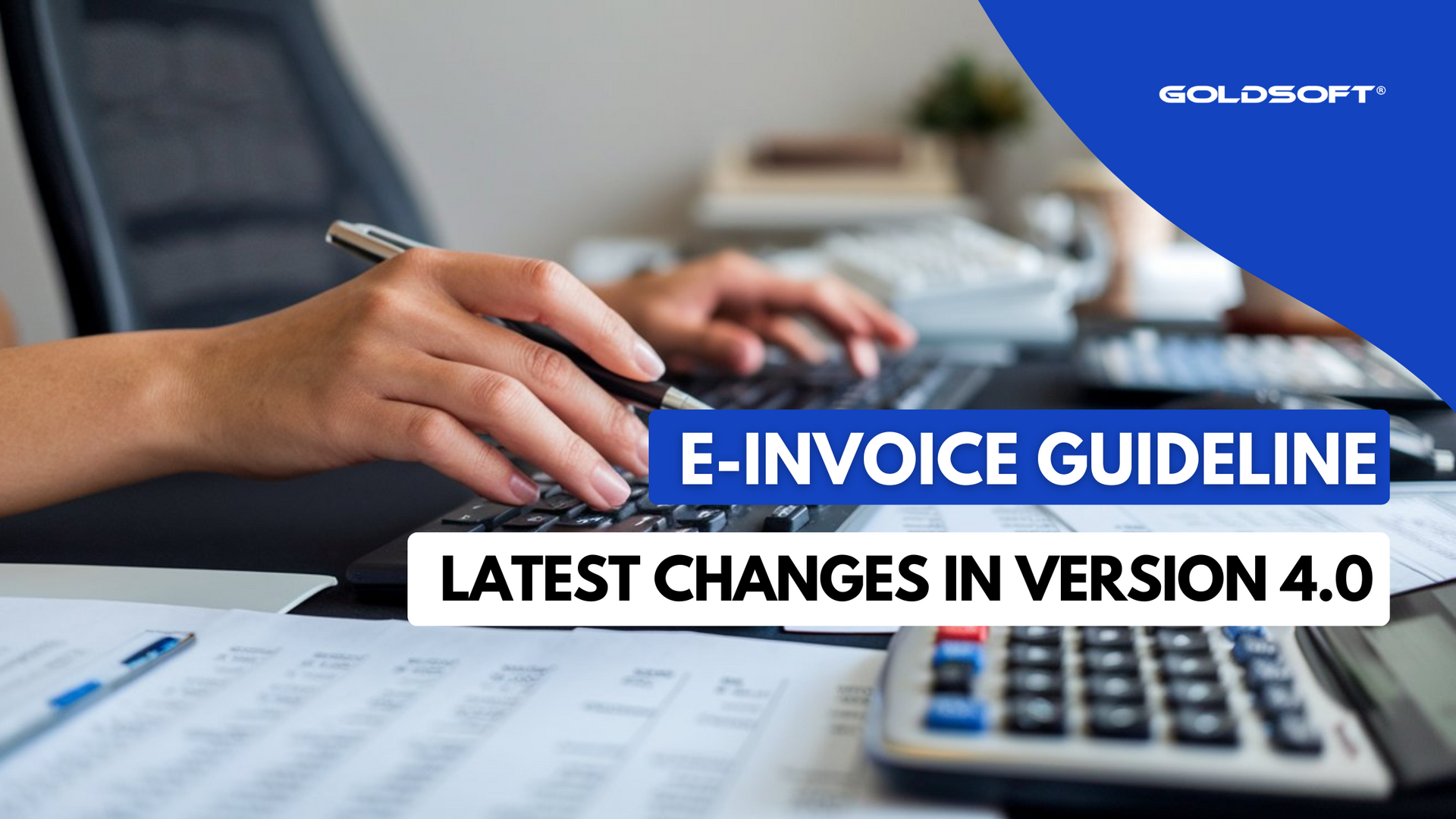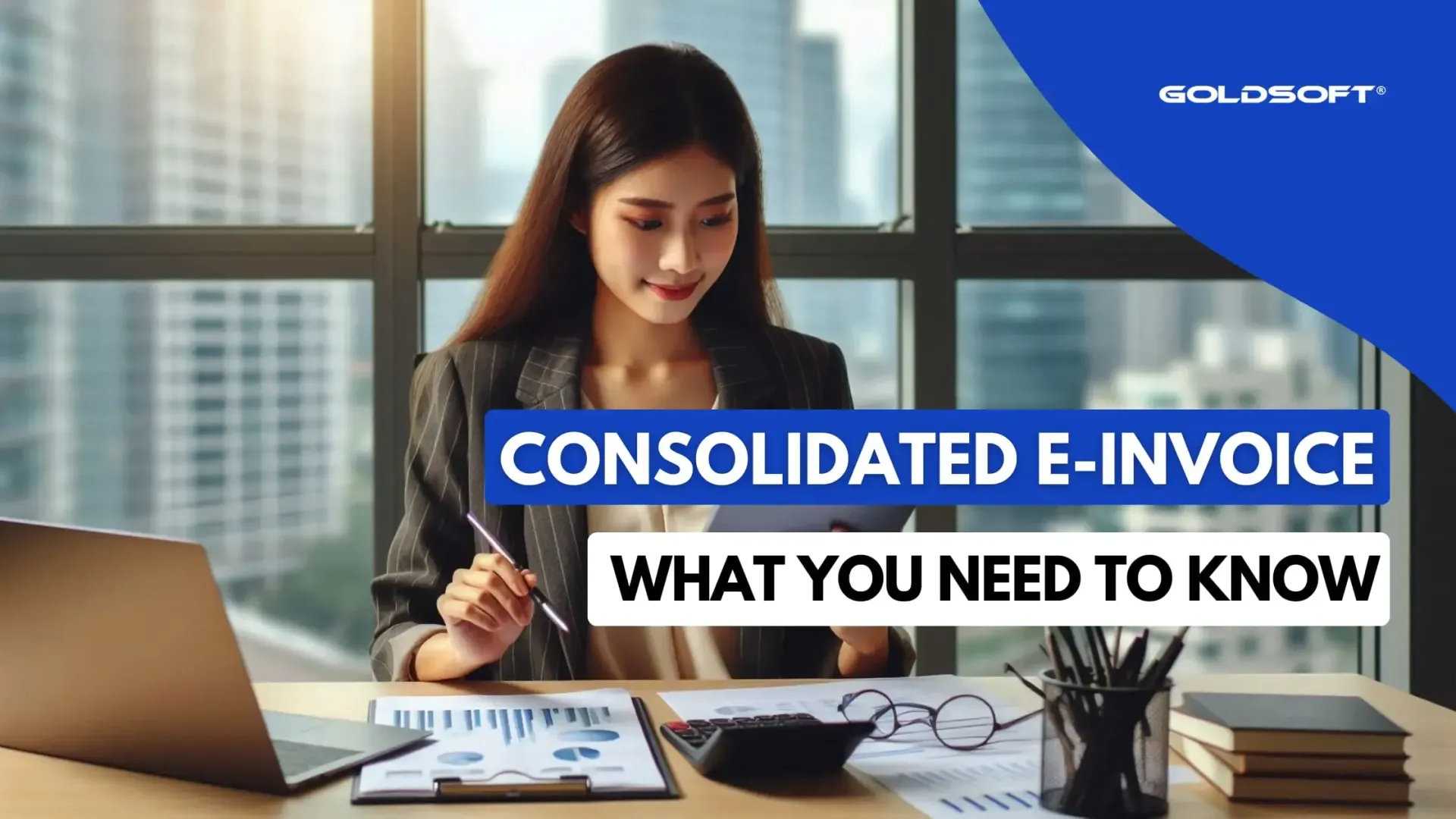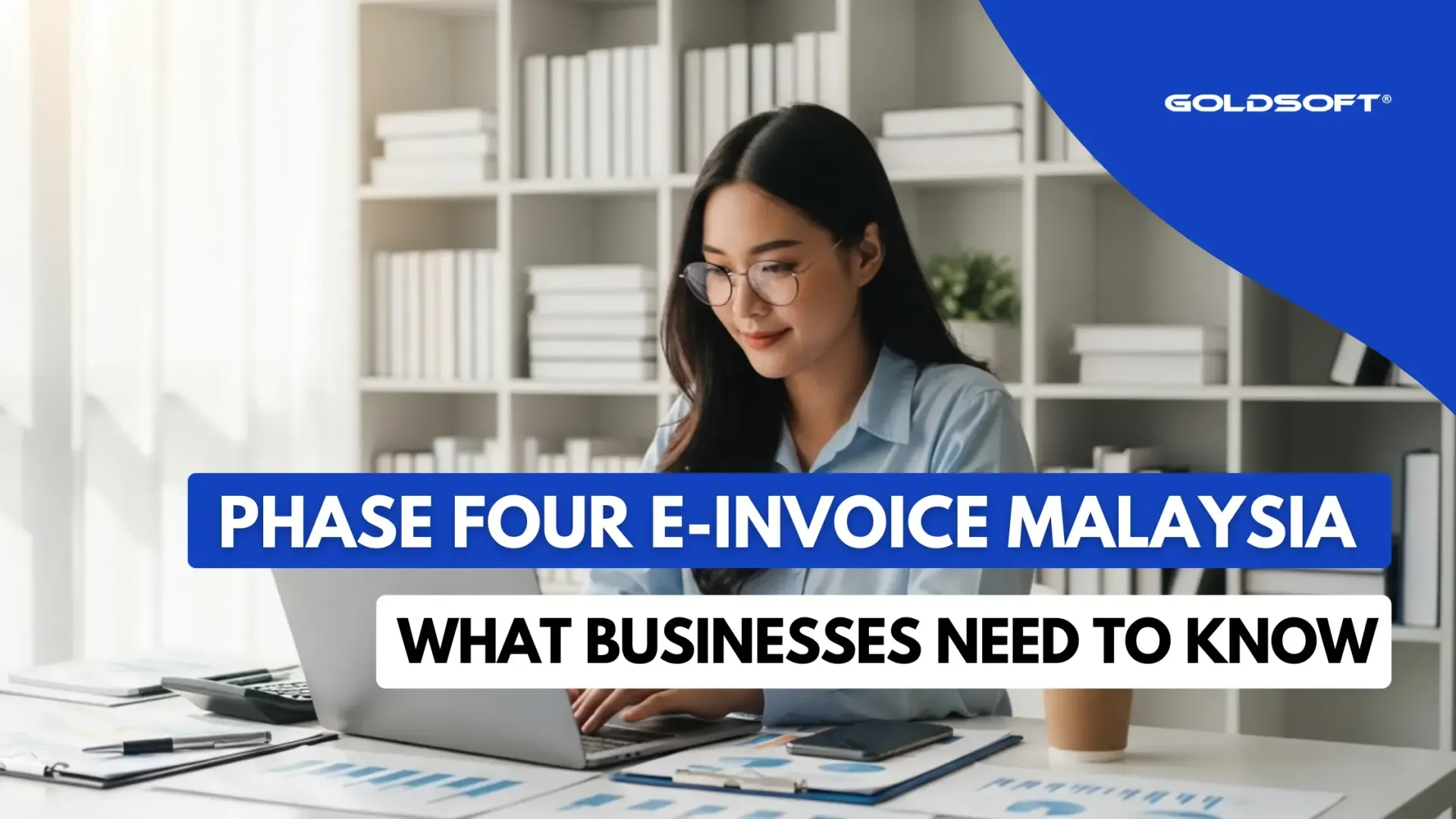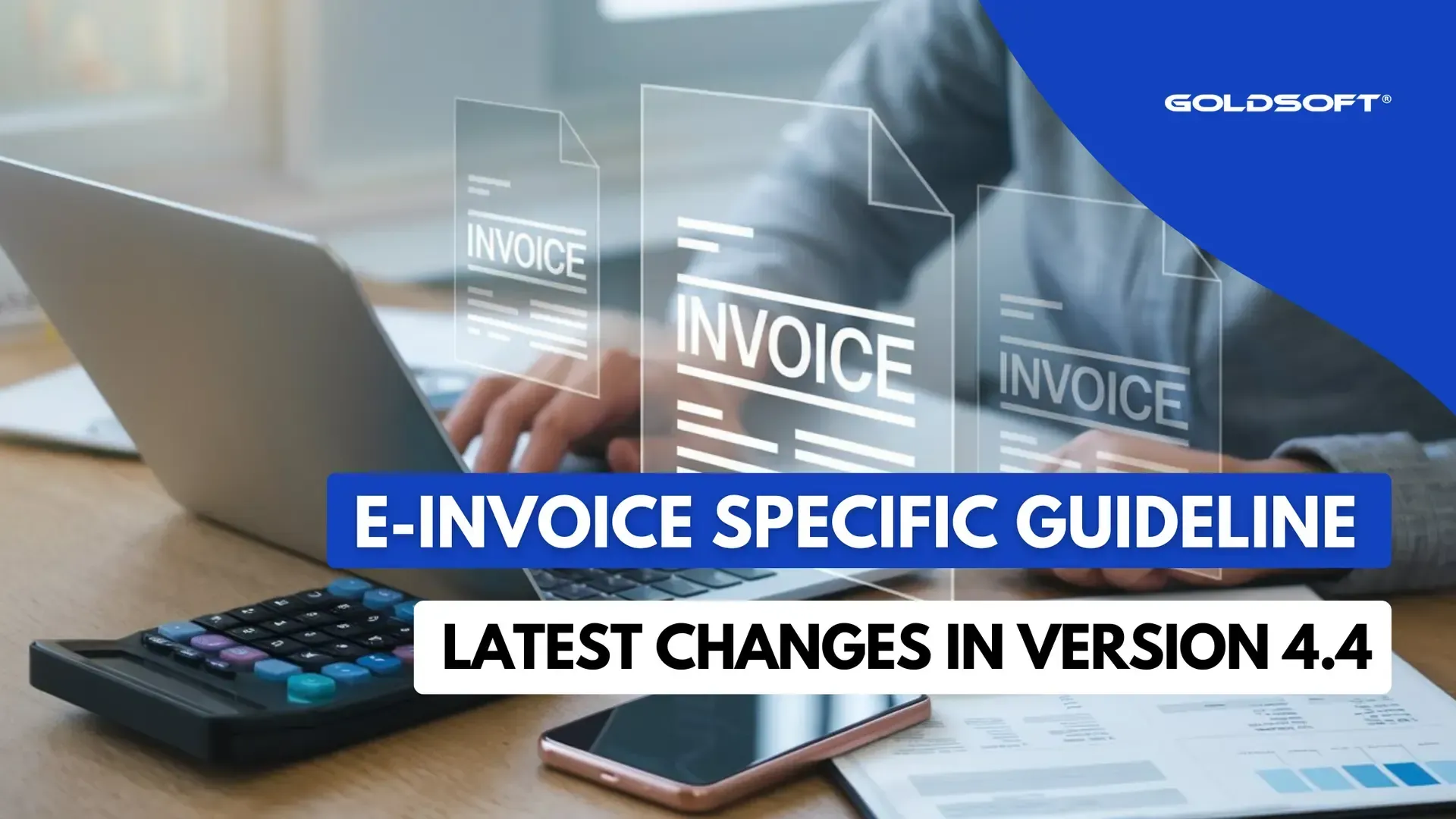Latest Changes in Version 4.0 of e-Invoice Guideline
Understanding the Key Updates in Malaysia’s e-Invoice Guideline Version 4.0

The Inland Revenue Board of Malaysia (IRBM) has been progressively implementing the e-invoicing system to streamline tax administration and improve compliance. As part of the government’s commitment to digital transformation, e-invoicing was officially rolled out on 1st August 2024 for businesses with an annual turnover exceeding RM100 million. This mandatory adoption is part of a phased approach, with smaller businesses being required to comply by 2025.
Key Changes
With the recent release of Version 4.0 of the e-Invoice Guideline on 4th October 2024, there are several noteworthy updates that businesses need to be aware of. This version replaces the previous 3.2 guideline from July 2024 and introduces refinements that further clarify the exemptions from implementing e-Invoice in Malaysia. The key changes are as follows:
- The following individuals and entities have been removed from the list of exemptions from issuing e-invoices (including self-billed e-invoices)
- Ruler or Ruling Chief
- Former Ruler or Ruling Chief
- Consort of Ruler of a State having the title of Raja Perempuan, Sultanah, Tengku Ampuan, Raja Permaisuri, Tengku Permaisuri or Permaisuri
- Consort of Former Ruler of a State previously having the title of Raja Perempuan, Sultanah, Tengku Ampuan, Raja Permaisuri, Tengku Permaisuri or Permaisuri
- The Government, state governments, and local authorities, along with statutory bodies and government authorities
- Facilities provided by the above-mentioned government, authority or body (such as hospitals, clinics, multipurpose halls, etc.)
- Consular offices and diplomatic officers
- The following individuals and entities are currently exempt from issuing e-invoices (including self-billed e-invoices):
- Individual who is not conducting business
- Taxpayer with an annual turnover or revenue of less than RM150,000
- (NEW) Foreign diplomatic offices
- (NEW) Statutory bodies, statutory authorities, and local authorities, specifically in relation to:
(a) Collection of payments, fees, statutory levies, summons, penalties, etc., as part of their legal functions
(b) Transactions of goods and services conducted before 1st July 2025
- (NEW) International organizations for transaction of any goods sold or services performed before 1st July 2025
- Receipts or other documentation issued by the exempt individuals or entities mentioned above will serve as proof of expense for tax purposes.
- For transactions involving foreign diplomatic offices, suppliers may replace the buyer’s details with the same information used in consolidated e-invoice.
Related article:
Conclusion
The introduction of e-Invoice in Malaysia marks a critical shift toward digital tax compliance, reducing manual processes and improving the accuracy of tax reporting. As the system continues to roll out, the changes introduced in Version 4.0 of the e-Invoice Guidelines serve to clarify exemptions and streamline compliance for all businesses.
For more detailed information, businesses are encouraged to refer to LHDN website for updated e-invoice guidelines.
Sources:
https://www.hasil.gov.my/media/uwwehxwq/irbm-e-invoice-specific-guideline.pdf
https://www.hasil.gov.my/media/0xqitc2t/lhdnm-e-invoice-general-faqs.pdf
https://www.hasil.gov.my/media/fzagbaj2/irbm-e-invoice-guideline.pdf
How Goldsoft can help you:
-
Option 1: Malaysia e-Invoice Ready ERP SolutionList Item 1
This solution direct integration of Goldsoft ERP with MyInvois System:
1. e-Invoices are generated in Goldsoft's ERP system and sent directly to the LHDN MyInvois System for validation. Once validated, embedded with a QR code containing the validation link, send to the client company.
2. This integration streamlines invoicing, reduces manual effort, minimizes errors, and ensures smoother transactions with the same vendor.
3. Client company is able to track and monitor e-invoice submissions, validation, and statuses in real-time.
4. Ideal for Malaysian retail and trading distribution companies needing e-invoice compliance system.
-
Option 2: Malaysia e-Invoice Middleware Solution
This solution uses Goldsoft as middleware to connect client's existing software to the e-Invoicing network:
1. Clients can continue using their existing ERP/accounting system.
2. Enable client company to send e-invoices, using your existing ERP/accounting software, Goldsoft as a service provider to convert documents to standard specifications (XML/JSON) and send it to LHDN for validation. Once validated, embedded with a QR code containing the validation link, send to client company.
3. Client company is able to track and monitor e-invoice submissions, validations, and statuses in real-time.
4. Ideal for all Malaysian industries needing e-invoice compliance via API.
For more information about Goldsoft e-invoice Ready ERP/ e-invoice middleware, please do not hesitate to contact Goldsoft's sales team at 03-2732 8833 or fill up the form below for enquiry.
Contact Us
Share
Recent Articles






